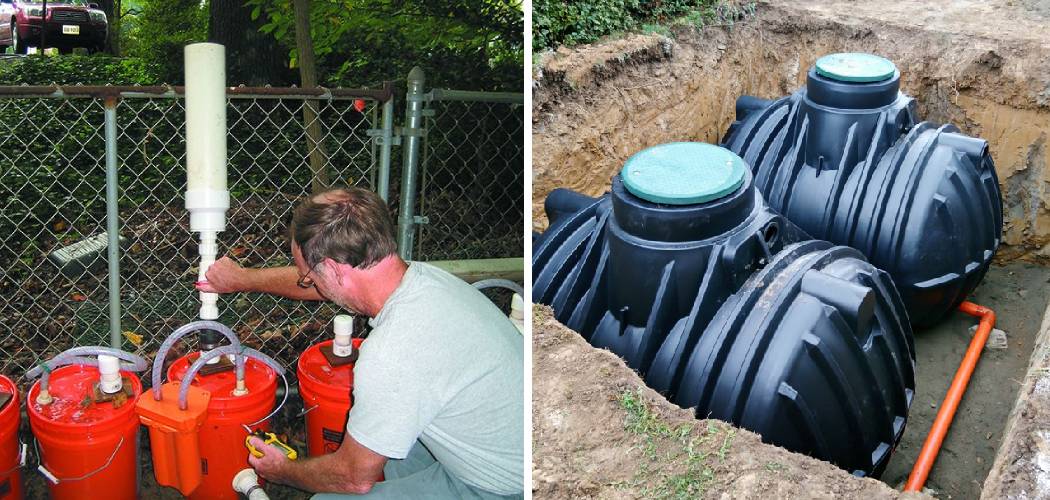A holding tank is a storage system designed to collect and temporarily hold wastewater from toilets, sinks, and other plumbing fixtures commonly found in recreational vehicles (RVs), boats, and some homes that lack a connection to a municipal sewage system.
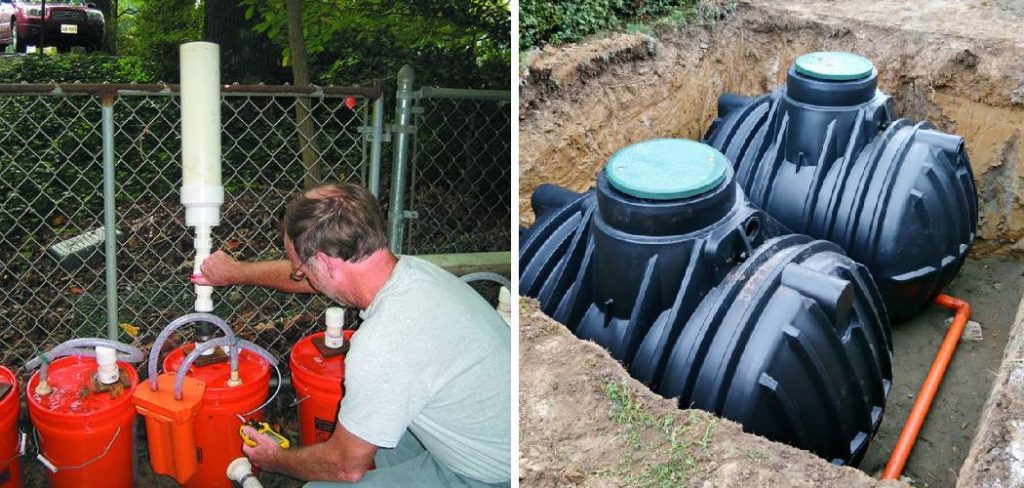
Addressing odors emanating from holding tanks is crucial for maintaining comfort and hygiene while minimizing the risk of health issues associated with airborne bacteria and unpleasant smells. Individuals can ensure a more pleasant environment by learning how to get rid of holding tank odor.
This guide will explore effective methods to remove odors, including regular cleaning routines, proper maintenance practices, and the use of specialized odor control products. Through these strategies, users can enhance their experience and prolong the service life of their holding tanks, ultimately contributing to a more enjoyable and sanitary living environment.
Tools and Materials Needed
Tools
To effectively manage holding tank odors, gather the following essential tools: gloves to protect your hands, a hose for rinsing out the tank, a stiff brush for scrubbing, a vacuum pump to remove waste, and a bucket to catch any excess liquid during cleaning.
Materials
In addition to tools, specific materials are necessary for odor control. These include holding tank deodorizer to combat smells, enzyme cleaners for breaking down waste, bleach for sanitization, baking soda to neutralize odors, and water for rinsing and dilution purposes.
Common Causes of Holding Tank Odor
Bacterial Growth
One of the primary causes of odors in holding tanks is the decomposition of waste by bacteria. While bacteria play a crucial role in breaking down organic material, this process can produce foul-smelling gases, such as hydrogen sulfide and ammonia.
If the waste is allowed to accumulate or if there is insufficient bacterial activity, the unpleasant odors can become overwhelming, necessitating regular maintenance and proper treatment to mitigate the buildup.
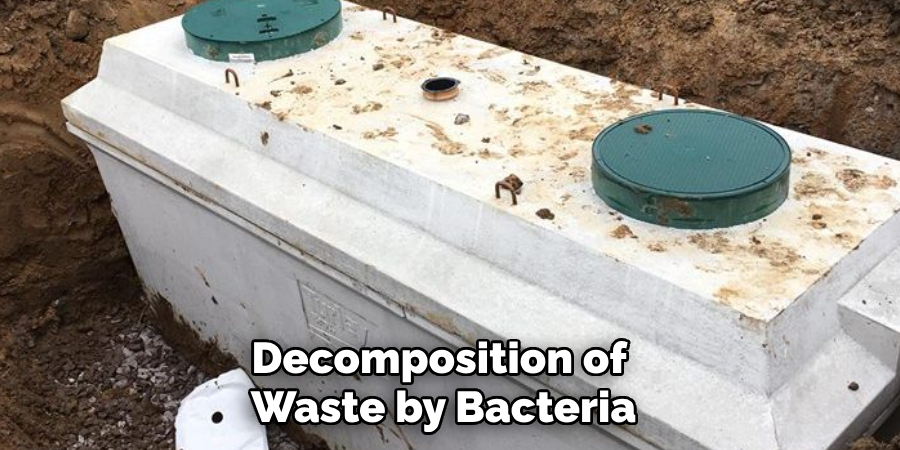
Clogged Vents
Blocked or malfunctioning vents can significantly contribute to holding tank odors. If the venting system becomes clogged with debris, it will trap gases inside the tank, causing pressure to build up and forcing foul-smelling air back into the living space. Maintaining clear ventilation pathways is essential for allowing odor to escape and for promoting proper air circulation within the tank.
Chemical Imbalance
The improper use of chemicals or a lack of appropriate treatments can lead to a chemical imbalance within the holding tank. Using too much or too little deodorizing agent can disrupt the natural breakdown of waste, allowing for the proliferation of odor-causing bacteria.
Regularly monitoring the chemical composition and ensuring correct treatment routines is crucial for preventing malodours and maintaining a healthy holding tank environment.
Safety Precautions Before Cleaning
Cleaning a holding tank requires attention to safety to protect yourself from potential hazards. Ensuring you take the proper precautions can create a safer and more effective cleaning experience.
Wear Protective Gear
To safeguard against exposure to bacteria and unpleasant odors, it is essential to wear gloves and a mask. Gloves will keep your hands safe from contaminants, while a mask helps filter out unpleasant fumes, providing a more comfortable cleaning environment.
Ventilate the Area
Working in a well-ventilated space is crucial to avoid inhaling harmful fumes released during the cleaning process. Opening windows or working outdoors (if possible) allows fresh air to circulate, helping maintain a comfortable atmosphere while reducing the concentration of unpleasant odors.
Prepare for Spills
Accidents can happen, so it is advisable to have towels and a bucket on hand. This equipment will help manage any spills during cleaning, ensuring you can maintain cleanliness and minimize messes efficiently.
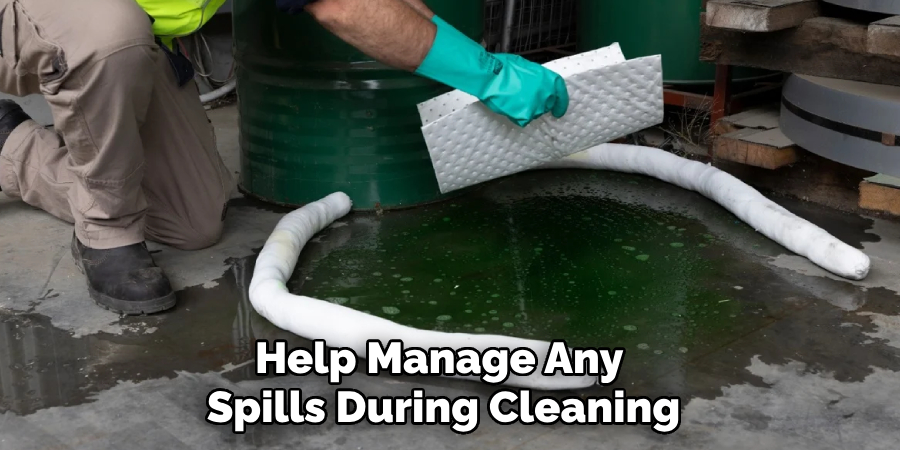
How to Get Rid of Holding Tank Odor: Step-by-Step Guide
Step 1: Empty the Holding Tank
To eliminate odors from your holding tank, safely empty it using a vacuum or sewage pump. Position the pump at the tank’s outlet and ensure it’s securely connected to a disposal facility to avoid spillage. Once ready, activate the pump and allow it to extract the waste completely.
Ensuring that the holding tank is emptied entirely; any leftover waste or residue can significantly contribute to lingering odors. After emptying, let the tank settle, allowing any residual liquids to drain completely.
Step 2: Clean the Tank
After the tank is emptied, the next step is rinsing the interior. Use a hose to thoroughly spray down the inside of the tank, which will help dislodge any loose waste and contaminants.
Follow this with a scrubbing action using a stiff brush and a mixture of warm water combined with either a mild detergent or an enzyme cleaner, focusing on removing any stubborn buildup or stains that may have adhered to the tank walls. Once scrubbed, prepare a cleaning solution of bleach or baking soda mixed with water—typically a ratio of one cup of bleach per gallon or half a cup of baking soda per gallon.
Apply this solution to disinfect the tank effectively while also neutralizing any unpleasant odors. Allow the solution to sit for at least 15 minutes before rinsing thoroughly with clean water to ensure all cleaning agents are eliminated.
Step 3: Clean the Vent System
Next, inspect the venting system for any blockages or clogs contributing to odor issues. This can typically be done by removing the vent covers and visually checking for any obstructions. Using a brush or a pipe cleaner, carefully clear away debris or coagulated buildup in the vent pipes.
Ensuring proper airflow throughout the vent system is vital for mitigating odors, as blockages can trap gases inside the tank, leading to unpleasant results. After clearing, reassemble any vent covers securely.
Step 4: Apply Deodorizer
With the tank cleaned and the vents clear, applying an appropriate holding tank deodorizer is time. When selecting a deodorizer, consider the type of tank and its usage; options include traditional chemical deodorizers or more environmentally friendly enzyme-based products.
Follow the manufacturer’s instructions carefully for dosage to achieve optimal results. Once selected, pour the deodorizer into the tank, ensuring even distribution throughout the liquid. This step is crucial for effectively managing odors and maintaining a fresh environment within the holding tank system.
Preventive Measures to Avoid Future Odors
Implementing preventive measures is essential to maintaining a fresh and odor-free holding tank environment.
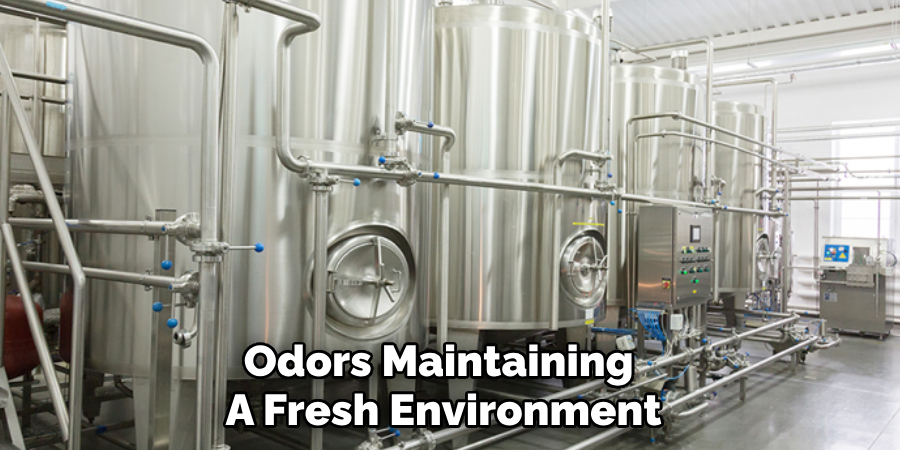
Regular Tank Maintenance
Establish a regular schedule for emptying and cleaning the tank, ideally every few weeks or depending on usage. Frequent maintenance helps prevent the accumulation of waste and reduces the likelihood of unpleasant odors developing.
Use Deodorizer Regularly
Incorporate the use of a holding tank deodorizer into your routine maintenance. Consistently using a deodorizer helps maintain freshness and effectively prevents odors from building up, ensuring a more pleasant experience.
Monitor Chemical Use
Proper chemical usage is critical for maintaining an effective holding tank system. Always ensure you are using the correct chemicals, adhering to the manufacturer’s instructions, and avoiding overuse. This diligence helps maintain a balanced chemical environment in the tank, preventing disruptions that may cause odor issues.
When to Seek Professional Help
Persistent Odors
If you’ve diligently cleaned your holding tank and regularly applied deodorizers but still experience persistent odors, it may be time to consult a professional. A thorough inspection can identify underlying issues that may not be immediately visible, ensuring that your system operates efficiently and effectively.
Tank Damage
In cases where your holding tank shows signs of damage, such as cracks or leaks, professional repair or replacement might be necessary. Ignoring these structural issues can worsen the problem, potentially leading to more significant damage and health hazards. Timely assessment can save time and money in the long run.
Complex Venting Problems
Should you encounter complex issues with the venting system or if the source of the odor remains unclear, it’s advisable to seek expert assistance. Professionals can provide specialized knowledge and tools to diagnose and rectify vent-related problems, ensuring a comprehensive solution to any lingering odor issues.
Frequently Asked Questions (FAQs)
1. How Often Should I Empty My Holding Tank?
The frequency of emptying your holding tank depends on usage; however, it’s generally recommended to empty it every few weeks. Regular emptying helps prevent waste accumulation and minimizes the risk of unpleasant odors developing.
2. What Is the Best Type of Deodorizer for A Holding Tank?
The best deodorizer for your holding tank will depend on your specific needs and preferences. You can choose between traditional chemical deodorizers and environmentally friendly enzyme-based products. Always follow the manufacturer’s instructions for optimal results.
3. Can I Use Bleach in My Holding Tank?
Yes, bleach can be used for disinfecting your holding tank, but it should be diluted appropriately—around one cup of bleach per gallon of water is a common ratio. Ensure that you thoroughly rinse the tank afterward to eliminate any bleach residue, as it can be harmful to the environment and inhibit the effectiveness of subsequent deodorizers.
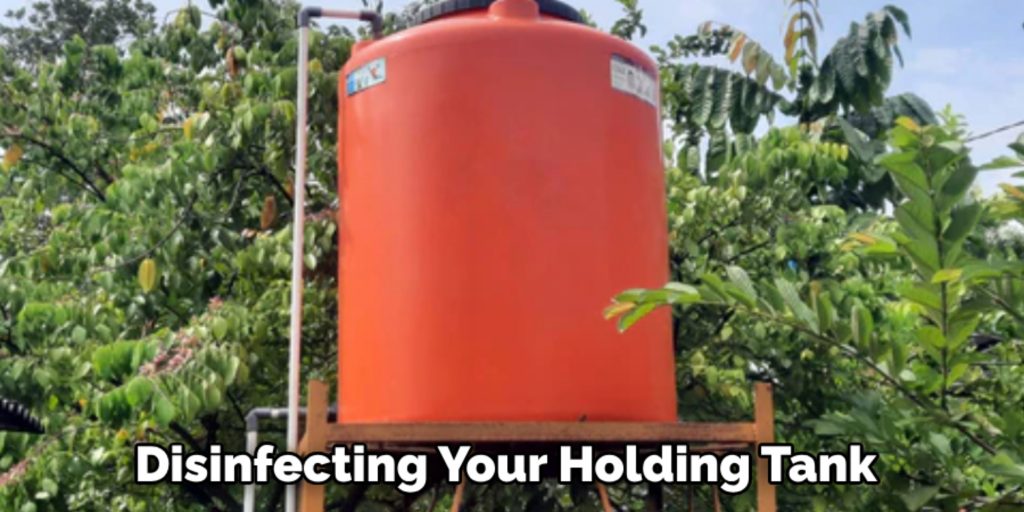
Conclusion
In summary, knowing how to get rid of holding tank odor involves several essential steps. Begin by safely emptying the holding tank, ensuring no waste is left behind.
Follow this by thoroughly cleaning the tank with a suitable detergent or enzyme cleaner and applying a disinfectant solution to eliminate any remaining odors. Next, inspect and clean the vent system to prevent blockages that can trap unpleasant gases. Finally, use an appropriate holding tank deodorizer to effectively maintain freshness.
Regular maintenance cannot be emphasized enough. Establish a consistent schedule for cleaning and using deodorizers. This practice will significantly help prevent future odors.
Remember, addressing holding tank odors promptly is crucial; do not hesitate to seek professional assistance if issues persist or if you notice damage to the tank or venting system. A proactive approach ensures a clean, odor-free environment, enhancing your overall experience.

